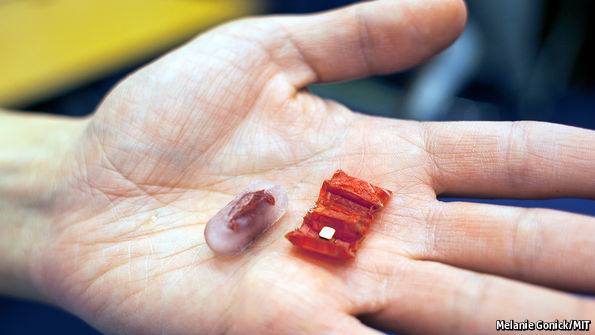Better with bitcoin

CLINICAL trials are a murky old world. The pharmaceutical industry is keen to get new drugs to market and researchers are just as keen to report positive results. This can produce some rather unpleasant side-effects. Selective reporting of data from trials is rife. In one infamous example, a 2001 study reported that paroxetine, an antidepressant, was safe and effective for treating the illness in teenagers. It later emerged, however, that this was based on new measures of the drug’s effectiveness, introduced only after the drug had failed to show any significant improvement in the outcomes that had been specified when the trial was first drawn up. Later studies showed that the drug increased the risk of suicidal behaviour in children.
How to guard against such things got Greg Irving, a family doctor and a researcher at the University of Cambridge, thinking. He came up with a way to improve the reporting of clinical trials with the blockchain technology underlying bitcoin, a digital currency. The blockchain is a database that acts as a public ledger of all transactions with the…Continue reading
Source: Economist






